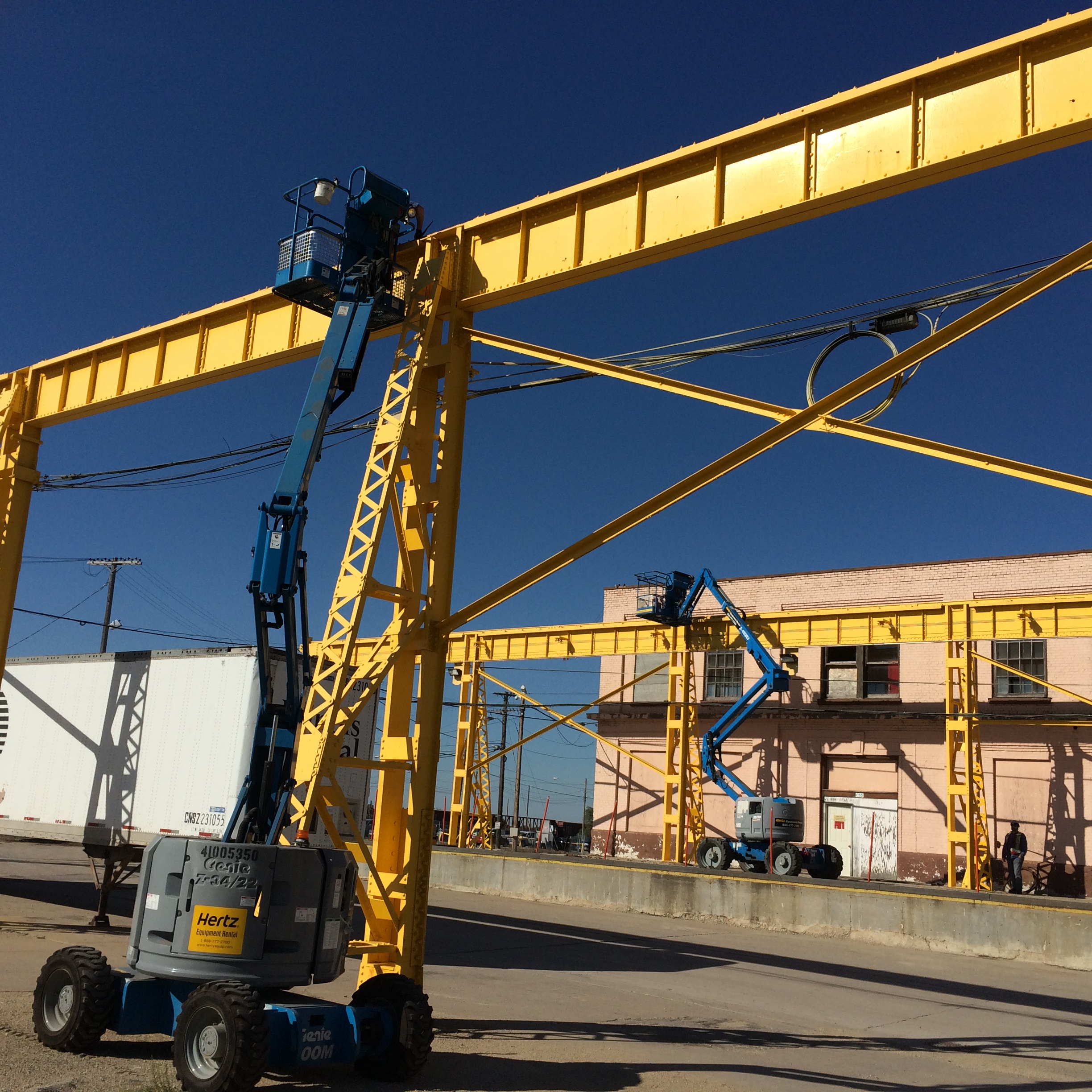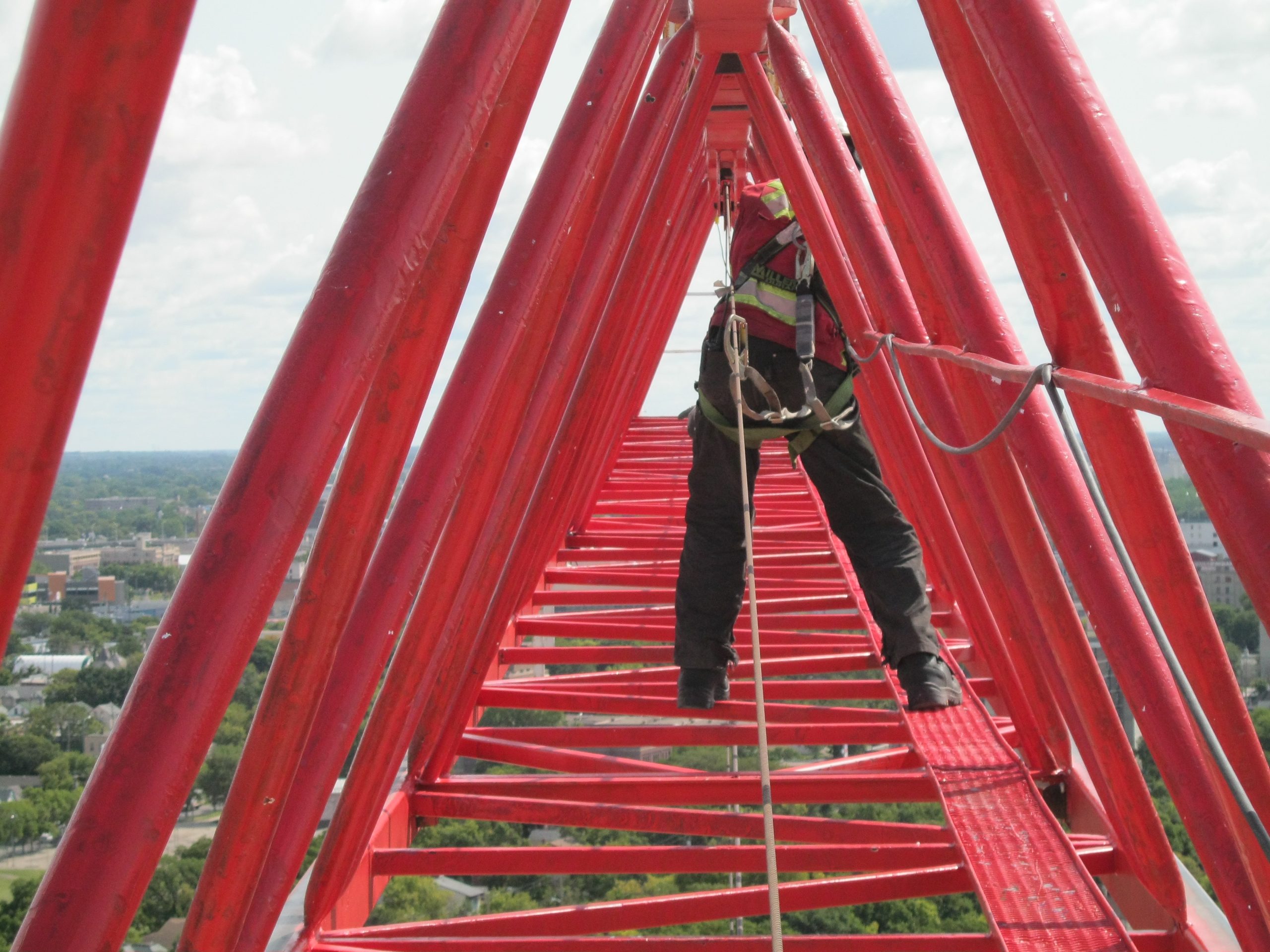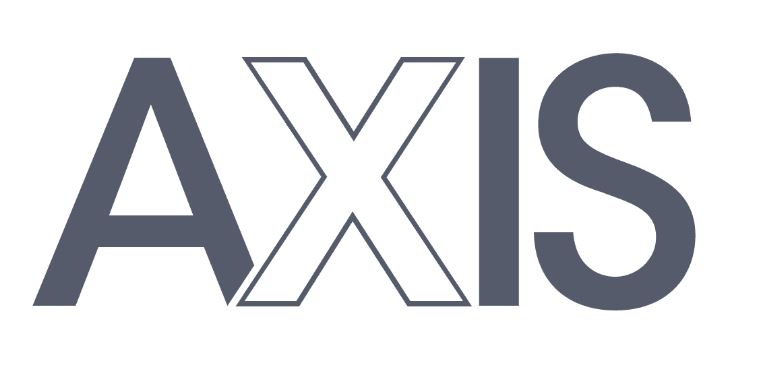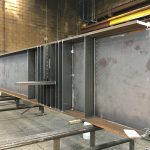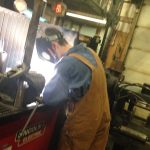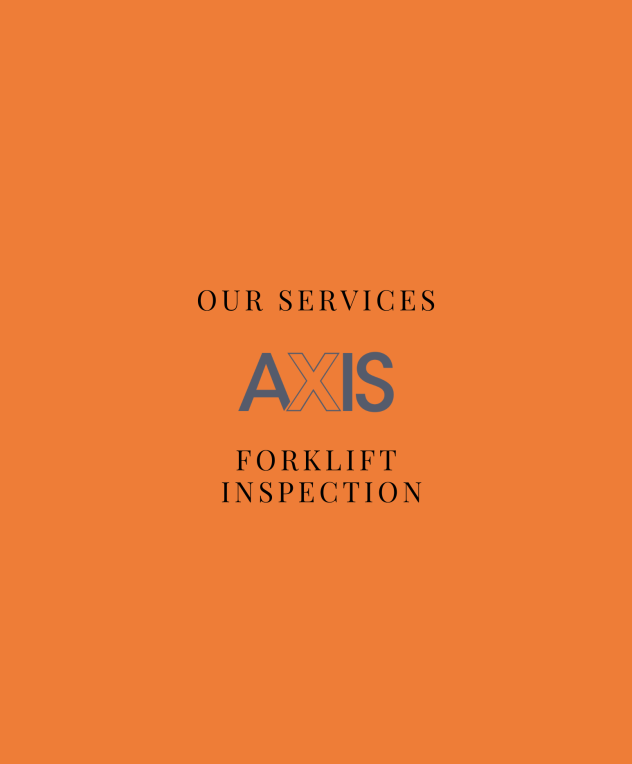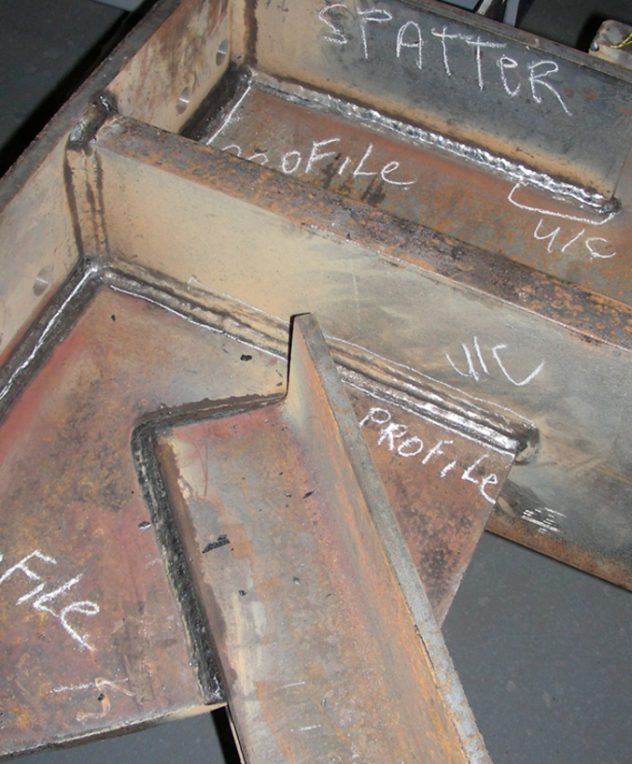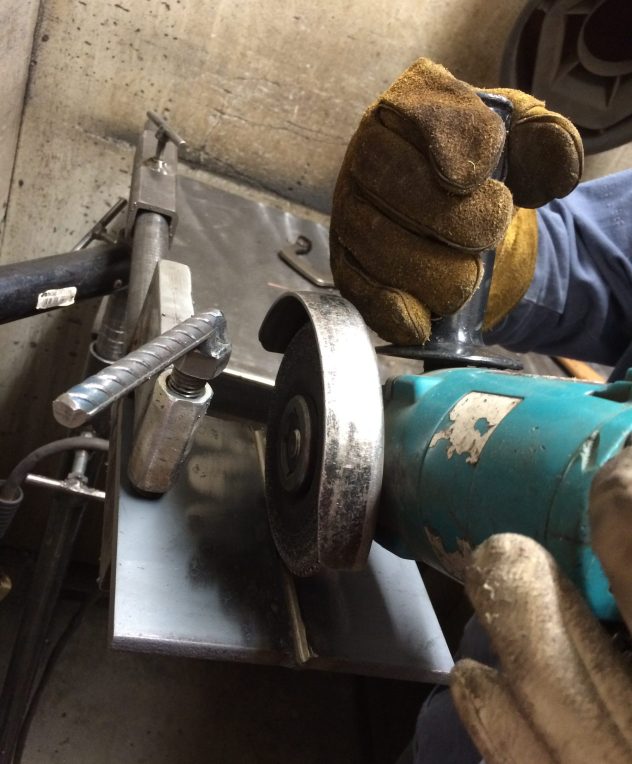
Welding inspection 101
We all have heard about welding inspection, but only a few know what this job really includes. Those who know about it are very often welding inspectors themselves! But what if you are the owner of a building or another type of structure, or maybe you have a crane or tank on your job site…what needs to be inspected based on regulations and what is good preventative maintenance? Either way, a regular scheduled inspection schedule will save you money.
Determining your needs
Many inspections needs to be performed annually from mobile cranes and facility lifting devices to personnel lifting equipment. Other items such as tanks, pressure vessels have a 5 year inspection schedule. The equipment that keeps your facility producing or manufacturing what you provide, also should have scheduled preventative maintenance inspections to avoid unplanned outages.Who should be hired?
Once you know what needs to be done, you can hire the inspector or technician with the right qualifications, certifications, experience or combination, who will carry out the inspection. This person is a trained and certified or qualified individual whose main job is to ensure that the equipment or structure is free from defects. Contacting a certified inspection company like AXIS Inspection Group will ensure that your inspection is done right.What tests will be done?
The inspector will perform the appropriate tests based on what the requirements are for the item. Different inspection and test methods have different applications. What happens during the inspection of a building? During a building inspection, the inspector may inspect and test every welded or bolted connection. The inspector will be looking for defects, corrosion, deformation, and other indications that would present concerns about the integrity of the structure or piping system. What sets the inspectors at AXIS apart, is that we don’t only look for defects in the weld, including cracking, undercut and lack of fusion, but also check overall conformance to the design.What happens after an inspection?
After the welding inspection is complete, the inspector will identify any problems and provide you with a written report about the possible issues that have been noted. The inspector won’t only report on what is found, but can also work together with an engineer to determine any corrective actions that may be required.